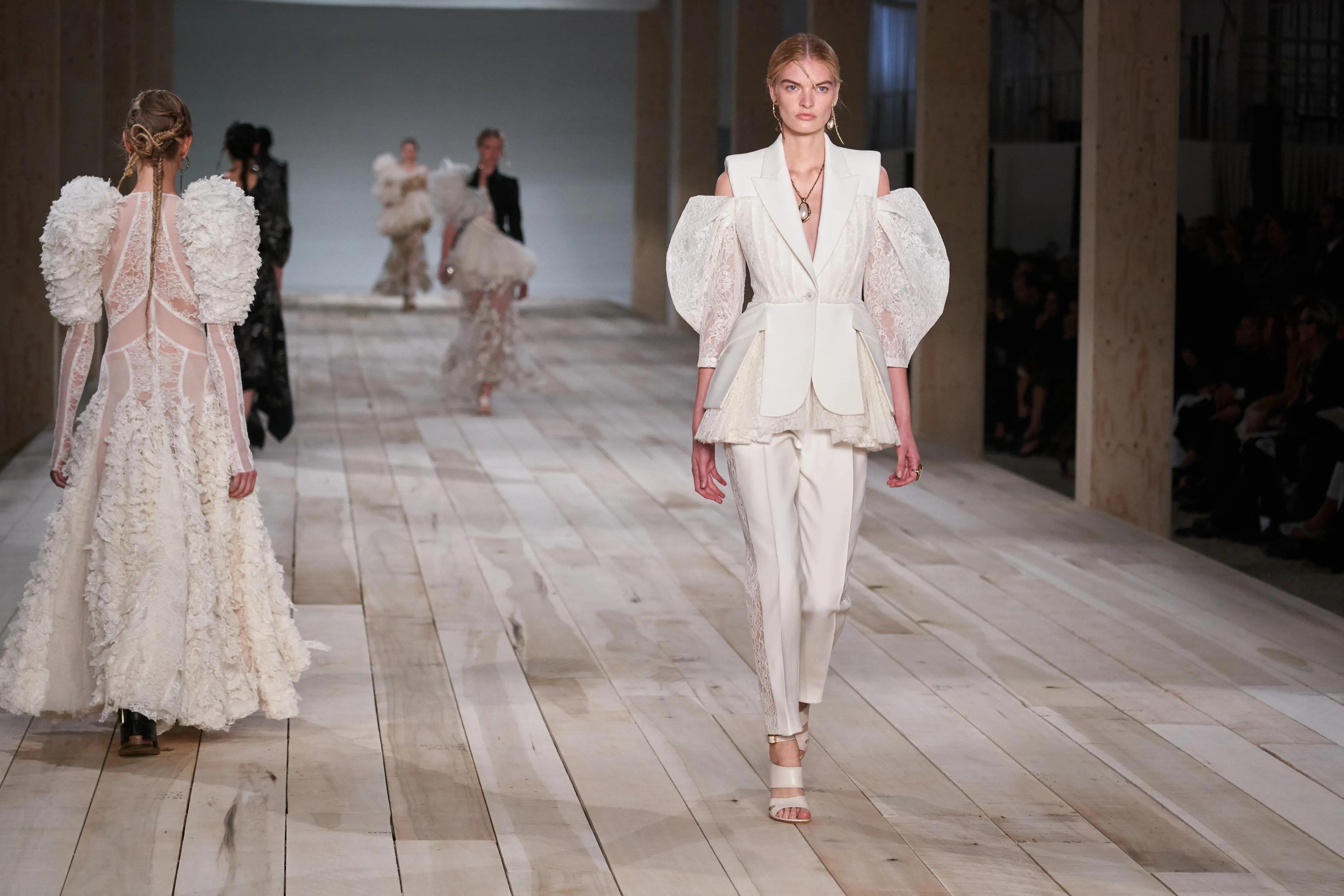High fashion, or haute couture, has long been a captivating reflection of society’s evolving tastes, innovations, and cultural values. From the exclusive ateliers of early couturiers to the global luxury brands of today, the story of high fashion is one of artistry, transformation, and adaptation. This article explores the fascinating history of high fashion, tracing its origins, golden era, and evolution into the modern luxury market.
Origins of High Fashion: The Rise of the Couturier
The roots of high fashion lie in the 19th century, when the couturier emerged as a highly skilled designer creating custom-made, unique garments for wealthy clients.
- Charles Frederick Worth: The Father of Haute Couture
Worth is often recognized as the first true couturier. In 1858, he opened his fashion house in Paris and introduced the concept of seasonal collections showcased on live models, elevating fashion to an art form.
- Paris as the Fashion Capital
Paris became the world’s fashion capital, drawing aristocrats and royalty eager to wear the latest designs. The exclusivity and exquisite craftsmanship of couture garments set them apart from everyday clothing.
- The Couturier’s Role
Unlike mass-produced fashion, couturiers focused on personalized designs, meticulously hand-sewn with luxurious fabrics and precise detail, making every piece a work of art.
The Golden Age: Early 20th Century and Haute Couture Expansion
The early 1900s marked a flourishing period for high fashion, characterized by design innovation and growing prestige.
- Iconic Designers and Fashion Houses
Designers like Paul Poiret, Jeanne Lanvin, and Coco Chanel transformed fashion with bold new ideas that freed women from restrictive clothing and introduced modern styles.
- Fashion Shows and Seasonal Collections
The tradition of fashion shows to present seasonal collections became established, creating anticipation and excitement around new designs.
- The Couture System and Its Standards
The Chambre Syndicale de la Haute Couture was founded in Paris to regulate haute couture, ensuring standards of craftsmanship and exclusivity were maintained.
Transition to Modern Luxury Brands
By the mid-20th century, fashion underwent major shifts driven by social changes, technology, and globalization.
- The Rise of Ready-to-Wear (Prêt-à-Porter)
Designers began creating ready-to-wear lines, making high-quality fashion more accessible beyond exclusive couture clients.
- Luxury Brands Expand
High fashion houses diversified into accessories, perfumes, and cosmetics, developing full lifestyle brands.
- From Couture Houses to Global Brands
Iconic names like Dior, Yves Saint Laurent, Gucci, and Chanel grew from exclusive ateliers to powerful global luxury brands.
The Digital Era and High Fashion Today
Today, high fashion continues to evolve under the influence of digital technology, social media, and changing consumer expectations.
- Impact of Fast Fashion
While fast fashion offers affordable trends, luxury brands emphasize craftsmanship, heritage, and exclusivity to preserve their status.
- Focus on Sustainability and Ethics
Modern luxury houses increasingly prioritize sustainable sourcing and ethical practices to meet consumer demand.
- Social Media and Celebrity Influence
Platforms such as Instagram and TikTok have reshaped fashion marketing, with influencers and celebrities playing pivotal roles.
- Digital Fashion Shows
Global fashion weeks have embraced virtual presentations, expanding access to high fashion audiences worldwide.
Conclusion
The history of high fashion is a rich narrative of creativity, exclusivity, and ongoing transformation. From the meticulous work of early couturiers to the expansive global luxury brands of today, high fashion remains a powerful cultural and artistic force. As it continues to embrace innovation while honoring tradition, high fashion reflects humanity’s timeless desire for beauty, identity, and self-expression.
